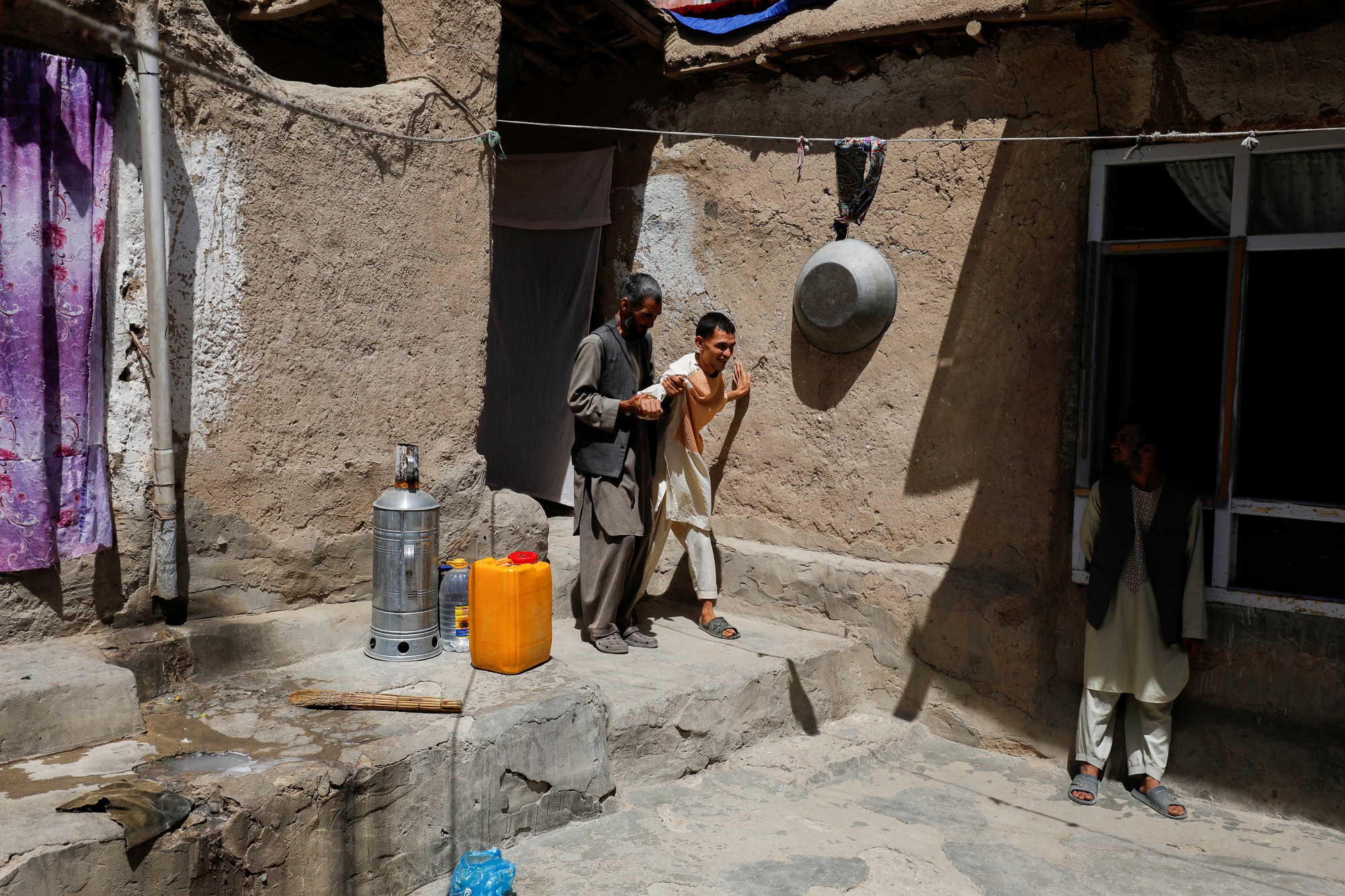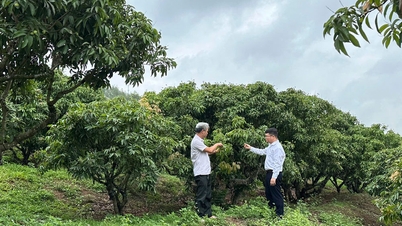The United Nations (UN) World Food Programme (WFP) has warned that up to 783 million people go to bed hungry every night amid a growing need for food aid.
Speaking before the UN Security Council on September 14, Ms. Cindy McCain, Executive Director of WFP, said that due to lack of money, the agency was forced to cut food rations for millions of people and this number may not stop there.
A series of simultaneous and protracted crises continue to drive up global humanitarian needs at a time when WFP funding is dwindling. WFP officials say the funding shortfall of more than 60% in 2023 is the highest in the agency’s 60-year history.
Earlier, on September 12, WFP said that due to a decrease in funding, the agency had to continue to reduce the scale of its operations, threatening to push an additional 24 million people into emergency hunger in the next 12 months, up 50% from the current level.
In the immediate future, according to UN News , the lack of money has forced WFP to scale down its operations in most of the countries it is present in, notably hotspots such as Afghanistan, Bangladesh, Democratic Republic of Congo, Haiti, Syria, Somalia, South Sudan... For example, in Afghanistan, about 10 million people have no longer received WFP support since the beginning of the year.

Mr. Baba Karim (left cover) and his son at home in Kabul, Afghanistan on September 3. Photo: Reuters
Due to the reduction in operations, WFP will only support 3 million people per month from October. As one of the people receiving WFP assistance, according to Reuters, Mr. Baba Karim (45 years old, living in the capital Kabul - Afghanistan) cannot help but worry about his future life after this support is no longer available.
WFP estimates that every 1% cut in food aid risks pushing more than 400,000 people into emergency hunger. Ms. McCain stressed that if WFP does not receive the support it needs, the world will inevitably see more conflict, instability and hunger.
The WFP chief said the only way out of this crisis was to fund emergency operations to feed the hungry now, while also investing in long-term solutions that address the root causes of hunger.
In addition, Ms. McCain emphasized the importance of public-private partnerships in UN humanitarian work. According to her, now is the time to enlist the help of business leaders to come up with smart solutions to the root causes of poverty, thereby reducing the need for humanitarian aid in the long term.
The WFP currently operates in 79 countries and the agency estimates that more than 345 million people will face severe food insecurity in 2023. This is a significant increase from nearly 200 million people at the beginning of 2021 (before the COVID-19 pandemic broke out). The WFP has pointed out a number of reasons for this increase, including the economic impact of the pandemic and conflict, extreme weather, rising fertilizer and food prices...
Food supply concerns in Asia
According to a forecast released on September 15 by HSBC Bank (UK), rice prices have risen to their highest level since 2008. Thailand's rice export price - considered the global reference price - has jumped to more than 600 USD/ton, up nearly 50% compared to the same period last year.
Mr. Frederic Neumann, a leading expert at HSBC, assessed this as a worrying issue because unlike tomatoes or onions - which are short-term crops so even if prices suddenly increase, they will quickly return to normal - rice prices can stay high for a longer period of time.
Unpredictable floods and droughts in many parts of the world have caused crop failures, affecting supplies and pushing prices up. India, the leading rice exporter, has restricted exports of many varieties of rice to stabilize domestic prices, further straining supply.
"Memories of the 2008 Asian food price spike remain fresh, when rice prices in some economies rose sharply and quickly affected consumer markets. Governments in many countries in the region rushed to secure supplies, causing prices not only of rice but also of other staple grains such as wheat to rise," the forecast said, adding that global rice imports in terms of market share have nearly doubled over the past 25 years.
“This means that a disruption in any economy now has a much larger contagion effect than in the past,” Mr. Neumann warned.
Malaysia and the Philippines are the two Asian economies most dependent on imported rice, followed by South Korea and Taiwan (China); other vulnerable economies include Indonesia, Hong Kong (China) and Singapore.
Hai Ngoc
Source





![[Photo] Vietnamese and Hungarian leaders attend the opening of the exhibition by photographer Bozoky Dezso](https://vphoto.vietnam.vn/thumb/1200x675/vietnam/resource/IMAGE/2025/5/29/94d8ceca5db14af3bf31285551ae4bb3)

![[Photo] Prime Minister Pham Minh Chinh meets with Hungarian President Sulyok Tamas](https://vphoto.vietnam.vn/thumb/1200x675/vietnam/resource/IMAGE/2025/5/29/dbcaa73e92ea4448a03fe1d0de6d68e8)

















![[Photo] Prime Minister Pham Minh Chinh receives a bipartisan delegation of US House of Representatives](https://vphoto.vietnam.vn/thumb/1200x675/vietnam/resource/IMAGE/2025/5/28/468e61546b664d3f98dc75f6a3c2c880)
































































Comment (0)